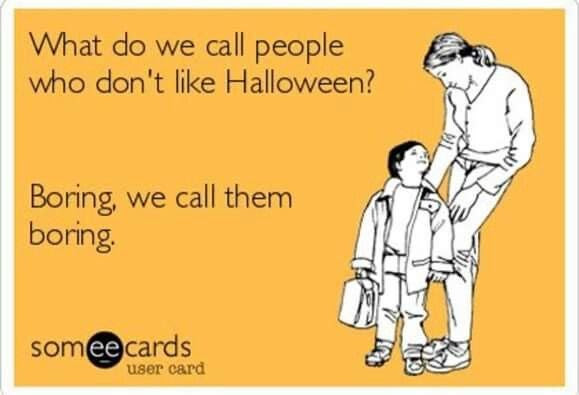Literature Circles-
In literature circles, small groups of students
discuss a piece of literature in depth. The discussion is guided by the responses to what you have read. You may talk about events and
characters in the book, the author's craft, literary device usage, or personal experiences related to
the story.
Literature circles provide a way for students to
engage in critical thinking and reflection as they read, discuss, and respond
to books. Collaboration is at the heart of this approach. Students
reshape and add onto their understanding as they construct meaning with other
readers.
Finally, literature circles guide students to
deeper understanding of what they read through structured discussion and
extended written and artistic response.
For Thursday:
1. Read the Prologue-Chapter 3 of
Hidden Figures.
2. Annotate your text for literary devices, plot intrigue, characterization, etc.
3. Prepare for Literature Circle discussion by attending to the requirements of the role you will fill for this first discussion round- Discussion Leader, Diction Detective, Bridge Builder, and Reporter.
Expectations for Literature Circles:
1. Reading is completed and annotated before the circle meeting.
2. Work for group role is thoughtfully completed and shared during group meeting.
3. Discussion questions are thoughtfully processed during group meetings.
4. Each student takes notes during circle meetings.. we will do a project at the conclusion of the book.
5. Discussion relates specifically back to the text during discussion.
Teal Group:
Keely Zane
Chloe Sarah
Austin Serena
Jonathan
Niraj
Kelly Green Group:
Sean Gracie
Kelsy Tim
Hailey Konnor
Drew Nick
Soleil
Bearcat Green Group:
Garrett Evan
Jillian Kemmery
Marcus Christen
Alec Madison
Evan
REMEMBER: Final draft of your narrative paper is due Friday morning to Turnitin.com by 7:29 AM!!



